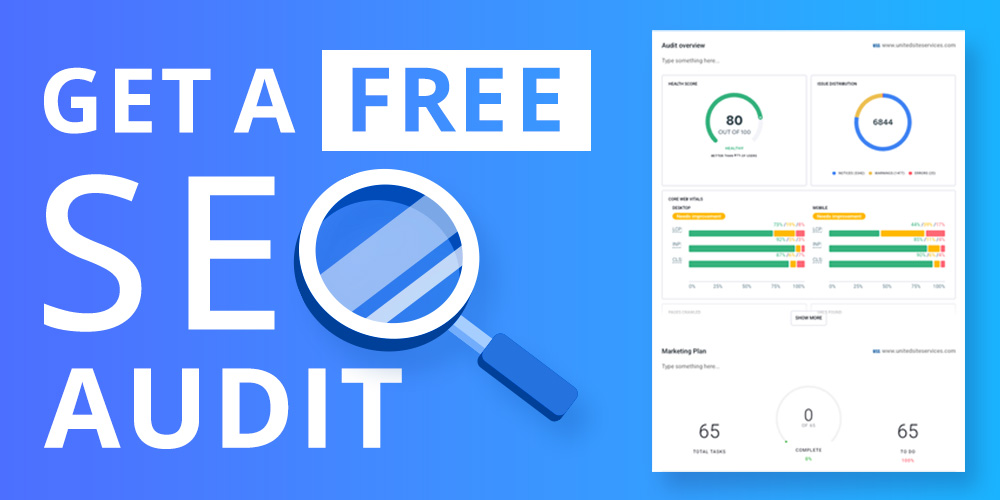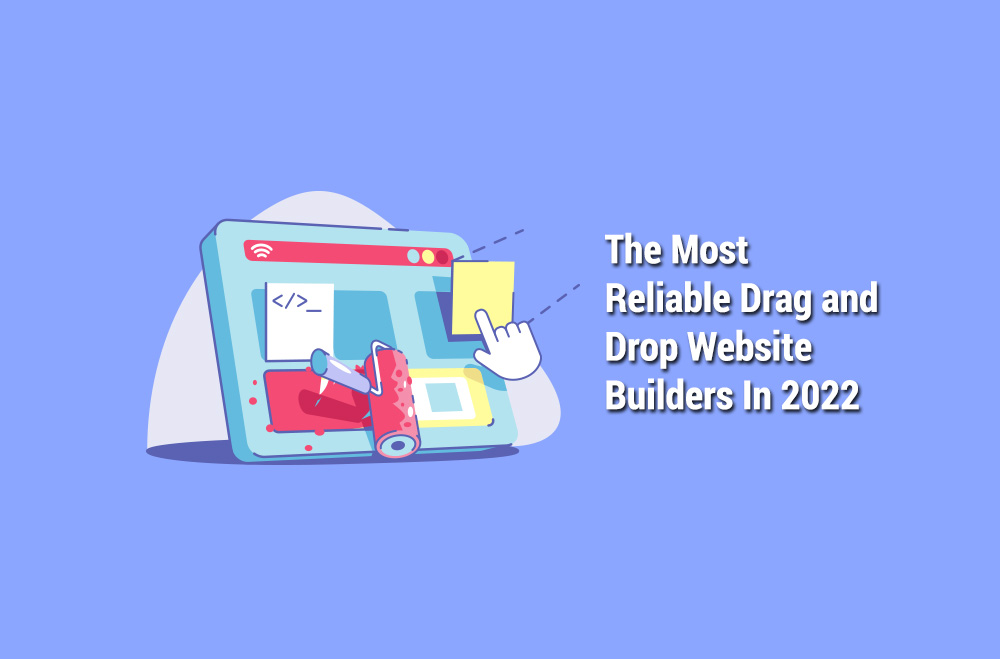


You’re an ambitious entrepreneur with a great product. You’ve conducted your market research and identified a gap in your chosen market. You know that there’s quantifiable interest in what you have to offer, and you know that e-commerce is the best way to deliver your products to the masses. This is the 21st century after all, and while the notion of running your physical store may appeal to you, the savvy entrepreneur understands that 75% of people in the US alone regularly make purchases online.
But here are some deeper online shopping statistics:
Even if you don’t intend to solely use online sales as your bread and butter for the foreseeable future, it makes sense to have an e-commerce component within your business plan. Moreover, starting out by selling exclusively online will enable you to begin trading quickly without the costly overheads associated with a brick and mortar premises. While you may be itching to start making sales, it’s first vital to ensure that you have the correct infrastructure in place. Unless you have the proper logistical architecture, your journey in online business will be a short one. Here are five essential steps to take before you make your first sale.
Before you can begin trading, you need to take the proper steps to establish your business and make sure that it operates within the right legal boundaries. If you haven’t already decided on your business name, it needs to be succinct and catchy. It also requires to establish what your business does without sounding too dry. Your next port of call is to secure your brand. Each state has different regulations on how to register your business, so it behooves you to investigate what your home states are. It’s a good idea to trademark your business and file a DBA (Doing Business As). Carry out a corporate name search to ensure that your business name isn’t already taken and register a domain in your business name.
A vitally important decision to make is how to structure your business. There are several business structures, and it’s up to you to decide which is best for the nature of your enterprise;
It’s also up to you to acquire any permits or licenses that your state may require for you to trade legally. You’ll also need a Federal Tax ID which can be obtained through the IRS.
Remember, even if your business is only a side hustle, your income from it is still taxable!
Even if you’re a sole proprietor, it’s probably a good idea to keep your personal and business finances separate. Not only does it make managing your personal and business finances much easier, in many territories, but it’s also actually a legal requirement. As a digital merchant, you’ll need to be able to accept payments via credit or debit card, and as such, you’ll need to open a business checking account. Take the time to shop around and find an account that suits the emerging needs of your nascent business.
Now that the legal and financial matters are in hand, it’s time to get to the fun, creative stuff! Before you set up your website to which customers will flock to make purchases, it’s essential to choose the right sales and web design platforms. Sure, you could peddle your wares through a third party like eBay, Amazon or Etsy, but this will eat into your profit margin. Moreover, Etsy’s search algorithms make it notoriously difficult for new sellers to get noticed unless they have an inventory of over 100 items.
Many smaller online businesses opt for a managed WordPress site which supports e-commerce plugins like WooCommmerce. On the other hand, an ‘in the box’ solution like WooCommerce or Shopify will provide you with a platform for both web design and digital commerce. Be aware, however, that the web design capabilities of the latter are more limited than the former.
Online While investing in an outsourced design consultancy may represent an overhead; it can ensure that you have an attractive website with great UX that is designed to subtly influence user behavior, reduce bounce rates and facilitate conversions.
Of course, when it comes to the tools you need for sustainable success in online sales, a beautiful and user-friendly website is just the tip of the iceberg. You’ll also need to invest in the tools that will enable you to generate leads and manage your inventory successfully. You’ll also need analytics tools like Google Analytics to help your business to stay agile and respond reflexively and efficiently to changing consumer trends.
E-commerce is a fast-moving and ultra-competitive field, so you’ll do well to start off with some lead generation tools, a CRM platform (Salesforce is popular and user-friendly), inventory management solutions and accounting software to ensure that you stay on the right side of the IRS.
So, now you know what you’re selling and how you’re selling it’s vital to ascertain who you’re selling to. The better you know your market, the better primed you are for success. Therefore, before you start trading it behooves you to create client personas. Who has the most need for your product? Where do they work? What do they do in their spare time? What social media platforms do they use? How old are they? Are they married with kids or free and single?
Being able to answer these questions will enable you to deliver targeted marketing content with increased focus and efficacy.
Sure, there are a lot of boxes to check before you can begin trading, but starting out with the right infrastructure will lay a firm foundation for success!
At Bright Vessel, we can help you to set up your first e-commerce and start selling right away. Do it like a professional, and you will be benefited from your work. Remember that a taking your potential customers into account is important. We can assess you on how to cover all areas and give your audience what they want. Contact us for more information. We are ready to help you!

"*" indicates required fields

"*" indicates required fields

"*" indicates required fields
You must be logged in to post a comment.





